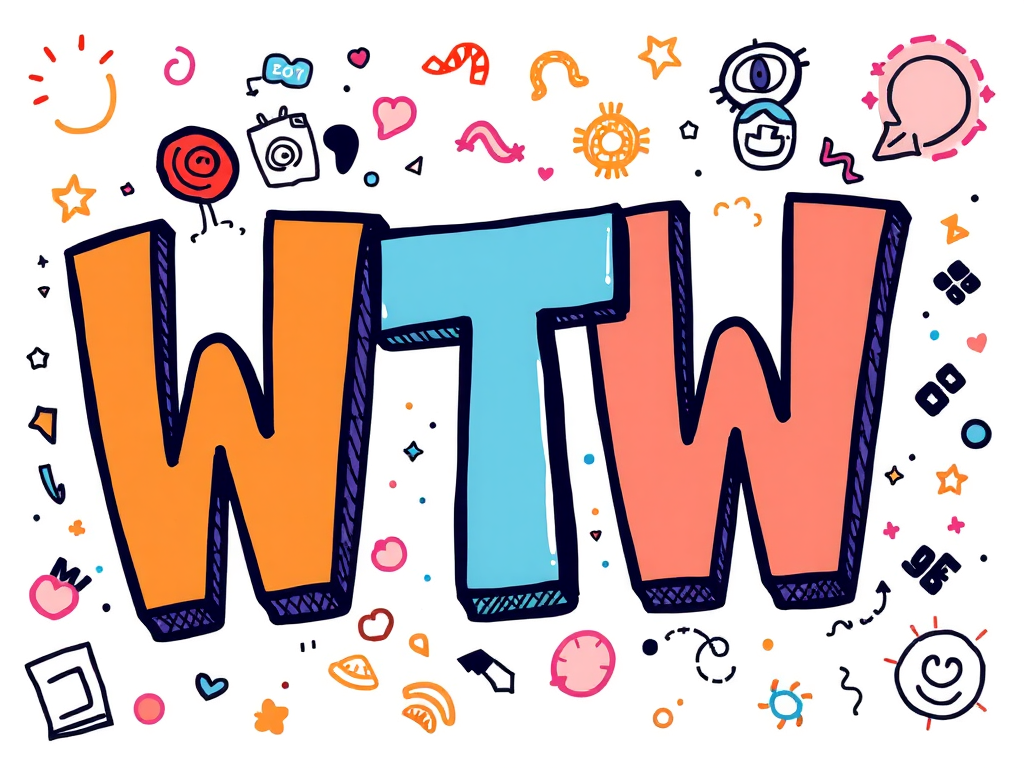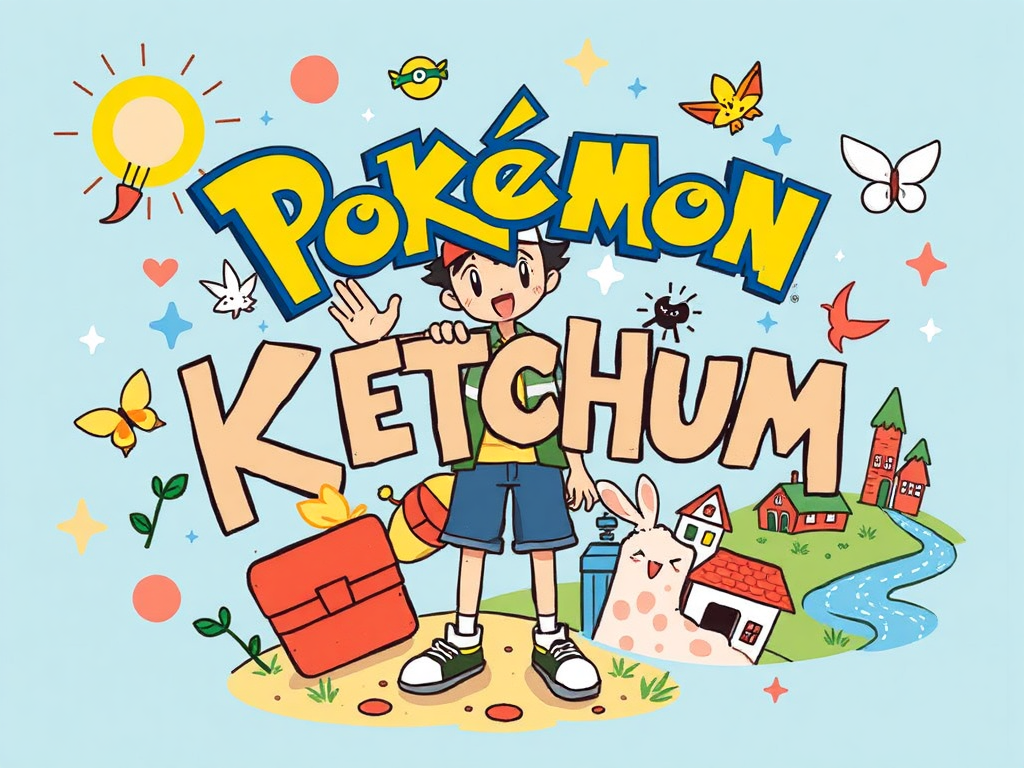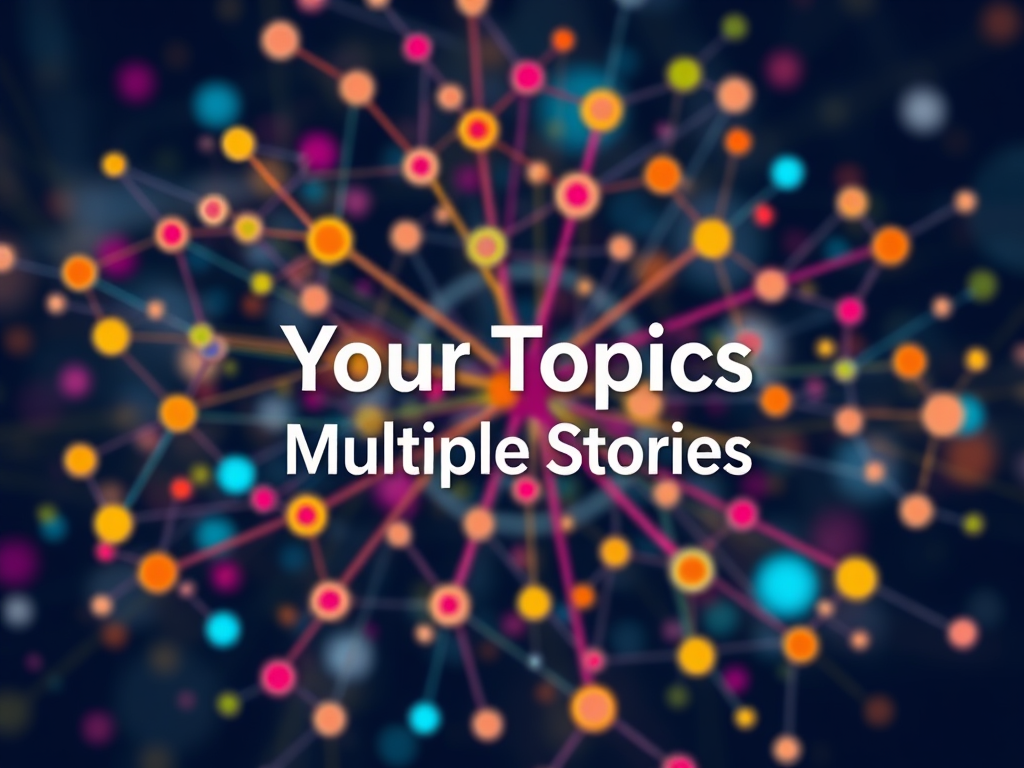In the rapidly evolving landscape of digital communication and social media slang, understanding modern texting abbreviations has become essential for effective interpersonal messaging. The acronym “WTW” represents a perfect example of how internet slang and youth communication continue to shape contemporary language patterns in our mobile communication era.
What Does WTW Mean in Texting?
WTW is an abbreviation that stands for “What’s The Word” – a casual conversation starter commonly used in text messaging, instant messaging, and social media platforms like Snapchat, Instagram, Twitter (now X), and TikTok. This messaging abbreviation serves as a modern greeting equivalent, functioning similarly to traditional phrases like “What’s up?” or “What’s going on?”
The WTW meaning in text represents a form of phatic communication designed for social bonding and relationship maintenance. When someone sends you “WTW,” they’re essentially asking about your current situation, any plans you might have, or simply checking in to maintain social connection. This digital communication shortcut has become particularly popular among Gen Z language users and millennial texting communities.
In terms of pragmatics and discourse analysis, WTW functions as a discourse marker that initiates conversation flow and serves multiple speech acts simultaneously – it can be an interrogative question, a casual greeting, or an invitation for social planning. The semantic equivalence of WTW encompasses various contextual meanings depending on the relationship between communicators and the communication context.
Understanding WTW definition is crucial for anyone engaging in modern digital conversations, as it represents the evolution of informal language and colloquial expressions in our interconnected world. The WTW abbreviation demonstrates how acronym usage has become a natural part of contemporary slang and urban dictionary terms.
The Evolution and Popularity of “WTW”
The rise of WTW as a popular messaging abbreviation reflects broader trends in digital linguistics and internet culture. Originating from hip-hop culture and urban slang, “What’s the word” has deep roots in cultural expressions and social interaction patterns. The transition from the full phrase to the WTW acronym illustrates how language shortcuts evolve to meet the demands of quick messaging and efficient communication.
Social media platforms have played a crucial role in popularizing WTW across different demographics. Snapchat texting, Instagram messaging, and TikTok slang have all contributed to the widespread adoption of this abbreviation. The platform-specific slang usage varies slightly, with each social networking environment adding its own nuances to the WTW meaning.
The cultural diffusion of WTW from its origins in hip-hop culture to mainstream digital communication represents a fascinating example of how slang evolution occurs in the digital age. This linguistic phenomenon demonstrates the power of online communities and viral expressions in shaping modern vernacular.
Cross-generational understanding of WTW varies significantly, with digital natives adopting it naturally while older demographics may require explanation. This generational language gap highlights the importance of digital literacy and cultural awareness in contemporary communication.
The morphological elements of WTW follow typical abbreviation patterns, using initialism (W-T-W) and compression techniques to transform a full phrase into a manageable acronym. The orthographic variation between “wtw” and “WTW” shows how case sensitivity can affect tone and formality in digital conversations.
When to Use WTW and When to Avoid It
Understanding the appropriate contexts for WTW usage is essential for effective communication skills and social etiquette. The abbreviation works well in casual chatting scenarios, particularly among friends, family members, and peers who share familiarity with internet slang and youth texting language.
Appropriate contexts for WTW include:
- Casual conversations with close friends and acquaintances
- Group chats and informal social media interaction
- Weekend planning and social arrangements
- Checking in with peers after extended periods
- Initiating conversations on messaging apps like Snapchat and Instagram
- Communicating with individuals who regularly use texting slang
Situations where WTW should be avoided:
- Professional messaging and business communication
- Formal correspondence and email communication
- Communication with individuals unfamiliar with modern slang
- Academic or educational contexts
- Cross-cultural communication where slang may cause confusion
- Situations requiring professional alternatives and formal language
The register variation between casual and professional communication contexts demands careful consideration of audience and purpose. While WTW serves as an effective conversation starter in informal settings, it lacks the politeness strategies required for business texting etiquette and workplace communication.
Code-switching between informal and formal language registers becomes crucial when navigating different communication contexts. Understanding when to use contemporary slang versus professional language demonstrates communication competence and cultural sensitivity.
Alternatives to “WTW” Based on Tone and Context
The English language offers numerous alternatives to WTW, each carrying different connotations and appropriate for various communication scenarios. These greeting equivalents and conversation starters can be selected based on the desired tone, relationship with the recipient, and communication context.
1. What’s going on?
This classic alternative to WTW maintains a casual tone while being more universally understood across different age demographics and cultural backgrounds. It works well in both text messages and voice conversations, making it versatile for multimodal communication.
2. How’s everything?
A polite and slightly more formal option that demonstrates genuine interest in the recipient’s overall well-being. This phrase works particularly well in professional contexts where you want to maintain friendliness without using slang terminology.
3. What’s up?
Perhaps the most widely recognized casual greeting, “What’s up?” serves as a direct semantic equivalent to WTW. This phrase bridges generational gaps while maintaining the informal tone that makes it appropriate for peer communication.
4. What are you up to?
This alternative expresses curiosity about the recipient’s current activities or plans. It’s particularly effective when you’re genuinely interested in learning about someone’s immediate schedule or ongoing projects.
5. Anything going on?
A more open-ended question that allows the recipient to share as much or as little as they prefer. This approach demonstrates respect for boundaries while maintaining social connection.
6. You busy?
A direct and efficient way to check someone’s availability, particularly useful when you’re considering making plans or need to discuss something important. This phrase respects the recipient’s time while opening communication channels.
7. Got any plans?
Perfect for social planning and activity coordination, this alternative naturally leads to conversations about upcoming events, weekend activities, or potential hangout invitations.
8. Just checking in.
A gentle, non-intrusive way to maintain relationships and show care without demanding immediate responses or detailed explanations. This phrase works well for both personal and professional relationship maintenance.
9. What’s the vibe?
A trendy alternative that captures the contemporary feel of WTW while being slightly more expressive. This option works well with younger audiences familiar with modern cultural expressions.
10. What’s shaking?
A playful and energetic greeting that adds personality to your message. This alternative works particularly well in casual settings where you want to convey enthusiasm and positive energy.
11. What’s the move?
Specifically useful for social planning and group coordination, this phrase implies readiness for action and collaborative decision-making about activities or events.
How to Respond to “WTW?”
Knowing how to respond to WTW effectively requires understanding the sender’s likely intentions and matching their communication style appropriately. The response examples below demonstrate various approaches depending on your relationship with the sender and current circumstances.
For casual situations with friends:
- “Not much, just chillin’. You?”
- “Working on some projects. What about you?”
- “Just got done with [activity]. What’s good with you?”
- “Nothing crazy, just the usual. How’s your day going?”
For social planning scenarios:
- “Free tonight if you want to hang out!”
- “Was thinking about [activity]. You interested?”
- “Open to suggestions. What did you have in mind?”
- “Nothing set in stone. What’s the plan?”
For professional or semi-formal contexts:
- “Things are going well, thanks for asking.”
- “Just catching up on some work. Hope you’re doing well.”
- “Having a productive day. How are things with you?”
- “All good here. Thanks for checking in.”
For maintaining conversation flow:
- “Same old stuff. Tell me something interesting!”
- “Could use some excitement. Got any ideas?”
- “Just the regular routine. What’s new with you?”
- “Nothing too thrilling. Share some good news!”
The key to effective response strategies lies in matching the energy and tone of the original message while providing enough information to continue the dialogue. Successful conversational skills involve understanding the implicit social cues and responding appropriately to maintain positive interpersonal relationships.
Polite and Professional Alternatives to Avoid Slang Like WTW
In professional settings, business communication, and formal correspondence, replacing slang with appropriate language demonstrates communication competence and professional awareness. These alternatives maintain the spirit of checking in while adhering to workplace communication standards.
Professional messaging alternatives:
- “I hope this message finds you well.”
- “I wanted to touch base and see how things are going.”
- “I hope you’re having a productive week.”
- “I’d love to hear an update when you have a moment.”
- “I hope everything is going smoothly on your end.”
Business-appropriate check-ins:
- “I wanted to follow up on our previous conversation.”
- “I hope your projects are progressing well.”
- “I’d appreciate an update on your current status.”
- “I hope you’re managing your workload effectively.”
- “Please let me know if there’s anything I can assist with.”
Formal relationship maintenance:
- “I hope you and your family are doing well.”
- “I trust everything is going according to plan.”
- “I hope you’re finding time to balance work and personal commitments.”
- “I’d welcome the opportunity to catch up when convenient.”
- “I hope your recent endeavors have been successful.”
These professional alternatives demonstrate respect for communication protocols while maintaining the relationship-building function that makes WTW appealing in casual contexts. The ability to code-switch between informal and formal language registers showcases linguistic competence and cultural adaptability.
Why You Should Know the Meaning of WTW and Its Alternatives
Digital literacy in today’s interconnected world extends beyond basic technology skills to include understanding contemporary language trends and communication patterns. Knowing WTW meaning and its alternatives provides several practical benefits for personal and professional development.
Enhanced communication skills: Understanding modern slang and its appropriate contexts allows for more effective interpersonal messaging across different social groups and age demographics. This knowledge facilitates better social interaction and relationship building in digital environments.
Cultural awareness: Familiarity with youth communication trends and internet slang demonstrates cultural sensitivity and adaptability. This awareness is particularly valuable in diverse workplace environments, educational settings, and cross-generational communication scenarios.
Professional adaptability: Knowing when to use informal language versus professional alternatives shows communication competence and situational awareness. This skill is crucial for career advancement and effective workplace communication.
Social integration: Understanding contemporary slang helps individuals participate more fully in online communities and social networking platforms. This knowledge facilitates better peer communication and social bonding across digital platforms.
Language evolution awareness: Staying current with linguistic trends demonstrates intellectual curiosity and adaptability to changing communication norms. This awareness is valuable for anyone working in communication-related fields or engaging with diverse audiences.
Improved digital communication: Understanding abbreviation meanings and their appropriate usage enhances overall messaging effectiveness and reduces miscommunication in digital conversations.
Final Thoughts
The WTW abbreviation represents more than just a simple texting shortcut – it embodies the dynamic nature of modern language evolution and digital communication trends. As we navigate the complex landscape of contemporary social interaction, understanding these linguistic innovations becomes essential for effective communication across diverse contexts and audiences.
The journey from “What’s the word” to “WTW” illustrates how traditional phrases adapt to meet the demands of quick messaging and efficient digital communication. This transformation reflects broader cultural shifts toward informal language, social media influence, and the democratization of communication through technology.
Whether you’re a digital native fluent in contemporary slang or someone learning to navigate modern communication patterns, understanding WTW and its alternatives provides valuable insight into the evolving nature of human connection in the digital age. The key lies in recognizing appropriate contexts, understanding audience expectations, and maintaining the delicate balance between casual authenticity and professional competence.
As language continues to evolve through online communities, social media platforms, and cross-cultural digital interaction, staying informed about these linguistic developments enhances our ability to connect, communicate, and thrive in an increasingly interconnected world. The WTW phenomenon serves as a perfect example of how traditional communication principles adapt to meet contemporary needs while maintaining their essential function of fostering human connection and social bonding.
Remember that effective communication ultimately depends on understanding your audience, respecting cultural contexts, and choosing language that facilitates rather than hinders meaningful connection. Whether you choose to use WTW or its more formal alternatives, the goal remains the same: creating positive interactions that strengthen relationships and facilitate understanding across diverse communication contexts.

Catherine Frank, founder of BiblicalHorizon.com, shares daily prayers and Bible verses to nurture spiritual growth. With a lifelong passion for scripture and prayer traditions, she creates accessible spiritual content that resonates with both seasoned believers and newcomers seeking divine connection.



